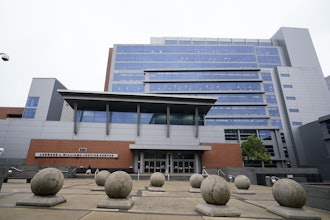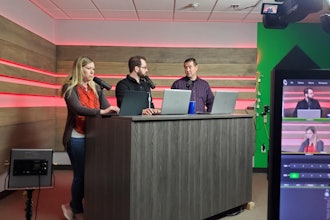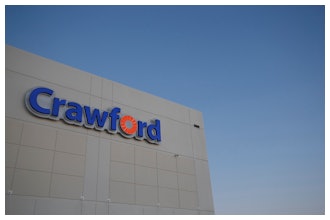It’s Jan. 7, one week into the new year and things are going great with your new year’s resolutions. You’re swapping cookies for carrots and reading books instead of Netflix-bingeing. At the office your supply chain and logistics strategy is on-point for the year ahead.
As the weeks go by, though, you find yourself slipping back to where you were in December. Before long, six months have passed and those resolutions seem as distant as a January blizzard. Not to worry, though. There’s still time to turn things around, especially when it comes to those supply chain promises. Here are some of the top logistics trends and how to take advantage of them before we flip the calendar ahead to 2017.
Safeguard yourself from the driver shortage with better planning: Instead of worrying about how you are going to get those goods across the country in time, look for better ways to plan and manage your transportation needs. A key way is to embrace supply chain execution convergence – the concept of bringing together siloed logistics teams within a business to increase visibility and streamline operations.
Be the boss of retail stock levels, despite growing consumer demands: Stock availability is the number one pressure point for retailers. Savvy logistics managers still have plenty of time to facilitate multi-channel fulfillment strategies to be able to deliver to customers from within the store, from a remote store, direct from the distribution center or direct from the supplier.
Automate your supply chain: The United States’ Automated Commercial Environment [ACE] is forcing shippers and importers to supply more data to brokers/filers. It has been a slow process, with importers having to learn new data requirements, but there’s still time to better understand how to source that data within ERP or operations systems. By turning to automated systems, businesses will save time, money and resources and be able to focus on innovative projects rather than paperwork.
Leverage the same innovative software as larger market leaders: Mid-size companies have a golden opportunity to use their size to an advantage and become more competitive. Their smaller size and flexible approach makes mid-size companies more agile and able to adjust to ever-changing market needs – especially with cloud-based supply chain solutions that can be implemented quickly with a low upfront cost, delivering a fast ROI.
Consider a transportation management system [TMS] for inbound planning to reduce costs, improve customer service and increase visibility: There is still time left to implement a TMS before the holidays arrive. Businesses that put a TMS into place will be able to take advantage of multi-partner information sharing among consumers, suppliers, manufacturers, logistics service providers and retailers. Why is this important? In 2017, open information sharing will continue to be an important foundation to help companies anticipate dynamic consumer demands.
Finally, don’t forget to consider multimodal transportation software to gain greater visibility into your supply chain and mitigate any issues resulting from trends like multi-channel fulfillment. So what are you waiting for? There’s still about six months left to finish up strong and get back on track. So put the cookies down, turn off the TV and ramp up those supply chain strategies before the clock strikes midnight on Dec. 31.
Jim Hoefflin is president and COO of Kewill, bringing over 25 years of experience in articulating strategy, developing industry solutions and creating positive change to grow a business. Prior to Kewill, Jim served as CEO and president of Empower Software Solutions, Inc., where he led the company to create a dual go-to-market strategy to address both the enterprise and SMB segments.























